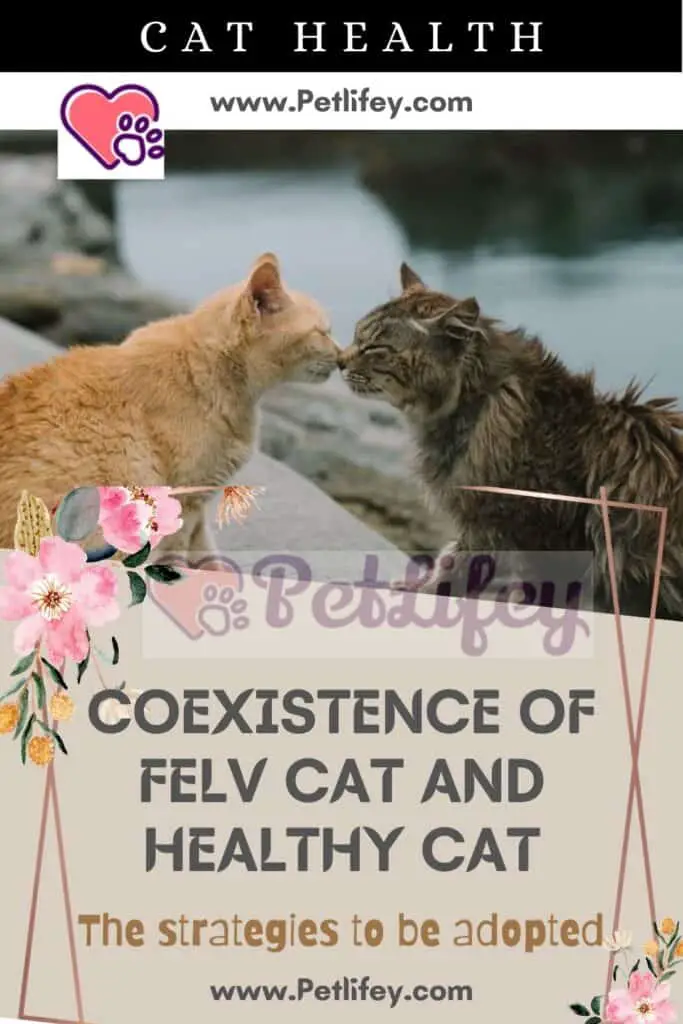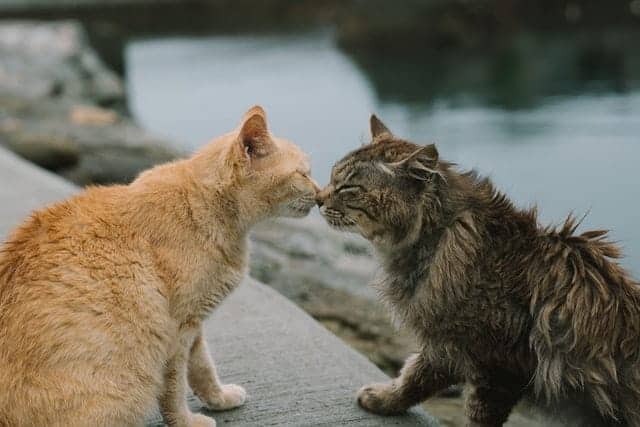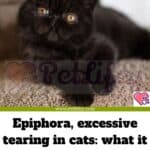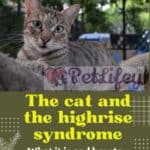Is coexistence between a cat affected by FeLV and a healthy one possible? And if so, what are the best strategies to adopt?

Establishing a coexistence between several pets is never easy, and the happy ending is never taken for granted. Contagious diseases, however, greatly complicate the situation. This is the case of the coexistence between a cat affected by Felv and a healthy one ; what are the strategies to adopt?
Mode of transmission of the virus
Coexistence between FeLV cat and healthy cat is possible; but the precautions to be taken are many.
It is therefore good, before welcoming an infected cat (or on the contrary a healthy cat, where your own is sick with FeLV) to understand if you are able to manage the situation and if you have a suitable home environment to implement all recommended safety measures to reduce the risk of contagion.
Decrease and not reset; the possibility that the healthy cat falls ill cannot be completely excluded, unless the two (or more animals) live completely apart, in non-communicating environments. Let’s start, first of all, from the description of the mode of transmission of the virus.
Feline leukemia virus, better known as FeLV, is an extremely contagious disease that is very common among cats. The modes of transmission of feline leukemia are in part common with those of FIV; therefore first of all through the exchange of body fluids ( blood and saliva ).
Close and violent contacts (think two cats attacking and biting or scratching each other) are usually the default vehicles.
The virus can also be transmitted through saliva however, that of FeLV, unlike that of FIV, is able to resist even in the surrounding environment (there is no peace on its survival times outside) and this would make it more dangerous.
Furthermore, FeLV can also be transmitted through urine and faeces, as well as from mother to child (even during breastfeeding); this is why the coexistence between FeLV cat and healthy cat is rather complicated.
Coexistence between FeLV cat and healthy cat: the measures to be taken

It is therefore clear that it will be necessary to limit as much as possible the contacts between the healthy cat and the one affected by FeLV, also inhibiting those with stray cats.
The ideal, therefore, is to have a garden or an outdoor space made safe, from which cats cannot leave (and stray cats cannot enter).
The sterilization of animals is another fundamental fulfilment; always, not only when it comes to a male and a female. Attention also to the division of spaces; the larger the environment, the less the possibility of meeting and friction.
It is therefore necessary that each of the felines be able to carve out a corner of their own. This is also achieved by placing multiple bowls and litter boxes throughout the house.
However, as mentioned, FeLV is also transmitted through faeces, urine, and saliva. And in particular as regards the bowls, it is quite predictable that cats will use all those present in the house.
Not much can be done on this aspect; the only solution is constituted by the inoculation of the FeLV vaccine to the healthy cat, which considerably reduces (but does not eliminate) the probability of contagion.
Reducing tensions and clashes between tenants may not be enough; the virus is also transmitted with saliva (think of two cats licking each other). The most drastic of the solutions is to create two distinct and non-communicating environments, in which the healthy cat and the one affected by FelLV never come into contact.






